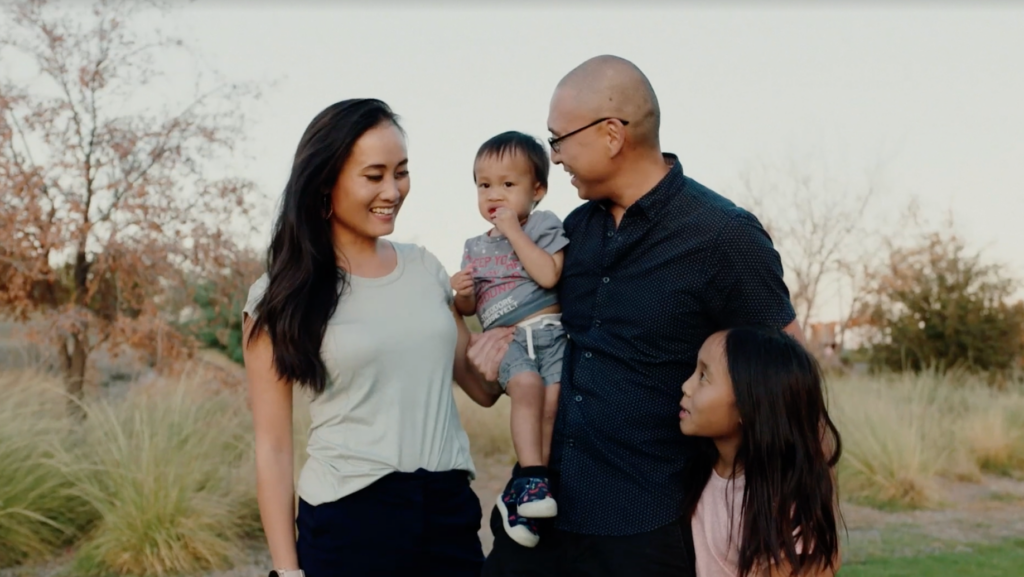 |
MATTEL Olympic champion Kristi Yaamagucchi approves her 'Barbie." |
Just in time for AANHPI Heritage Month in May, Mattel announced a new Barbie doll modeled after Olympic gold medal winner Kristi Yamaguchi.
For the last few years, Barbie has moved away from the blonde, blue-eyed physically distorted image of the orginal doll to include more diversity among the Barbie selections.
“It’s a huge, huge honour. I think a lot of pride comes along with it, not just recognising the Olympic achievement, but also being recognised during AAPI (Asian-American and Pacific Islander) Month and following in the footsteps of some incredible women that I idolise: Anna May Wong, Maya Angelou and Rosa Parks,” Yamaguchi told Associated Press. “It’s hard to see me put in the category with them.”
Yamaguchi, who became the first Asian-American to win an individual figure skating gold medal, at the 1992 Winter Olympics, has been immortalised as a doll for Barbie’s “Inspiring Women Series”, the toymaker Mattel announced on Wednesday.
For decades, Asian American parents have been looking for dolls that looked like their children. Having only white dolls to choose from gave the subliminal message that being white was the preferred standard of acceptability.
Today, AANHPI parents have more options and toymakers are eagar to meet their needs. In recent years, toy manufacturers are offering dolls reflecting the diverse American population, including Asian American, one of most sought-after market demographic as consumers, according to new polls and surveys.
Barbie Signature members will have the first opportunity at Mattel Creations to add this doll to their collections. After a 24-hour member shopping window, if any dolls remain, we’ll open the sale up to the public.*
Often, the Inspiring Women honorees aren’t just remarkable in their own fields. They use the platforms they’ve developed to have an even greater impact. Yamaguchi is no exception. She’s gone on to become the author of several best-selling children’s books, and stepped up as a fierce advocate for early childhood literacy through Always Dream, a non-profit organization which serves kids in high-need communities.
The Kristi Yamaguchi doll re also wears a golden ribbon in her hair, just like Yamaguchi did in her iconic 1992 performance. Silvery earrings, a celebratory bouquet, and white skates complete her look.
“Barbie’s story has never been just about her. It’s about the countless young kids she’s inspired and the millions of stories she helped them imagine along the way,” said Krista Berger, Senior Vice President of Barbie and Global Head of Dolls. “For the past 65 years, Barbie has used her global platform to empower girls to dream big, explore their limitless potential, and direct their own narrative to shape their future. As we celebrate this milestone anniversary, we recognize over six decades of stories Barbie has helped write and the doll that continues to give everyone the opportunity to dream – and dream big.”












